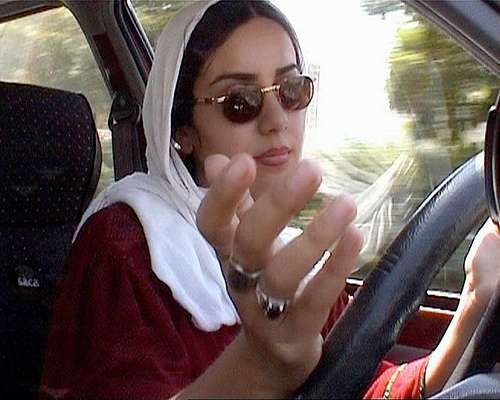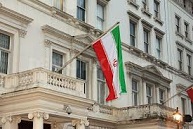If you are going to be driving when you visit Iran you should be familiar with some of the laws and conditions of driving in Iran.
Driving in Iran can be a scary exercise if you are not accustomed to the culture of Iranian driving. Many tourists actually return from Iran full of praise for the driving skills of the Iranians who have to navigate the daily traffic within their country. Many will also mention that there seems to be a lack of laws governing driving within the country – it is likely that you will see at least one car accident during your stay and it is even more likely that you will see Iranian drivers ignore signs and traffic lights. Deaths caused by car accidents are cited as the primary cause of unnatural deaths in Iran.
As a UK citizen who drives in fear of bus lane cameras, speed cameras, traffic light cameras, I asked an Iranian taxi driver during a recent visit to Iran who individuals have no issues with skipping red lights. I was assured by the taxi driver that red lights in Iran are purely to ‘advise’ drivers and are not there to ‘govern’.
For the reasons mentioned above, it is suggested that you only consider driving in Iran if it is absolutely necessary for you to have your own car. If this is not the case, then it is recommended that you either use public transport whilst you are there or, that you hire a driver / use a taxi. You can travel with the confidence that the driver is well accustomed to Iranian driving and that you will be far more likely to arrive safely at your destination.
If you do chose to drive independently however, you will initially need to prepare for the cost of hiring a car in Iran as it is extremely expensive and the payment of very large deposits is required. This is primarily due to the fact that the car hire industry in Iran is still in its infancy (coupled with the comparatively higher risk factor involved in Iranian driving).
One of the positive aspects of driving in Iran is that the condition of the roads is generally extremely good. You are also likely to find that the driving signs in Iran are also very good and the Farsi script is generally accompanied by the Roman script. However, you should bear in mind that the transliterations on the actual road signs are often slightly different to the transliterations that you might find in your map. You also need to be prepared for a further confusion whereby some cities have more than one name.





